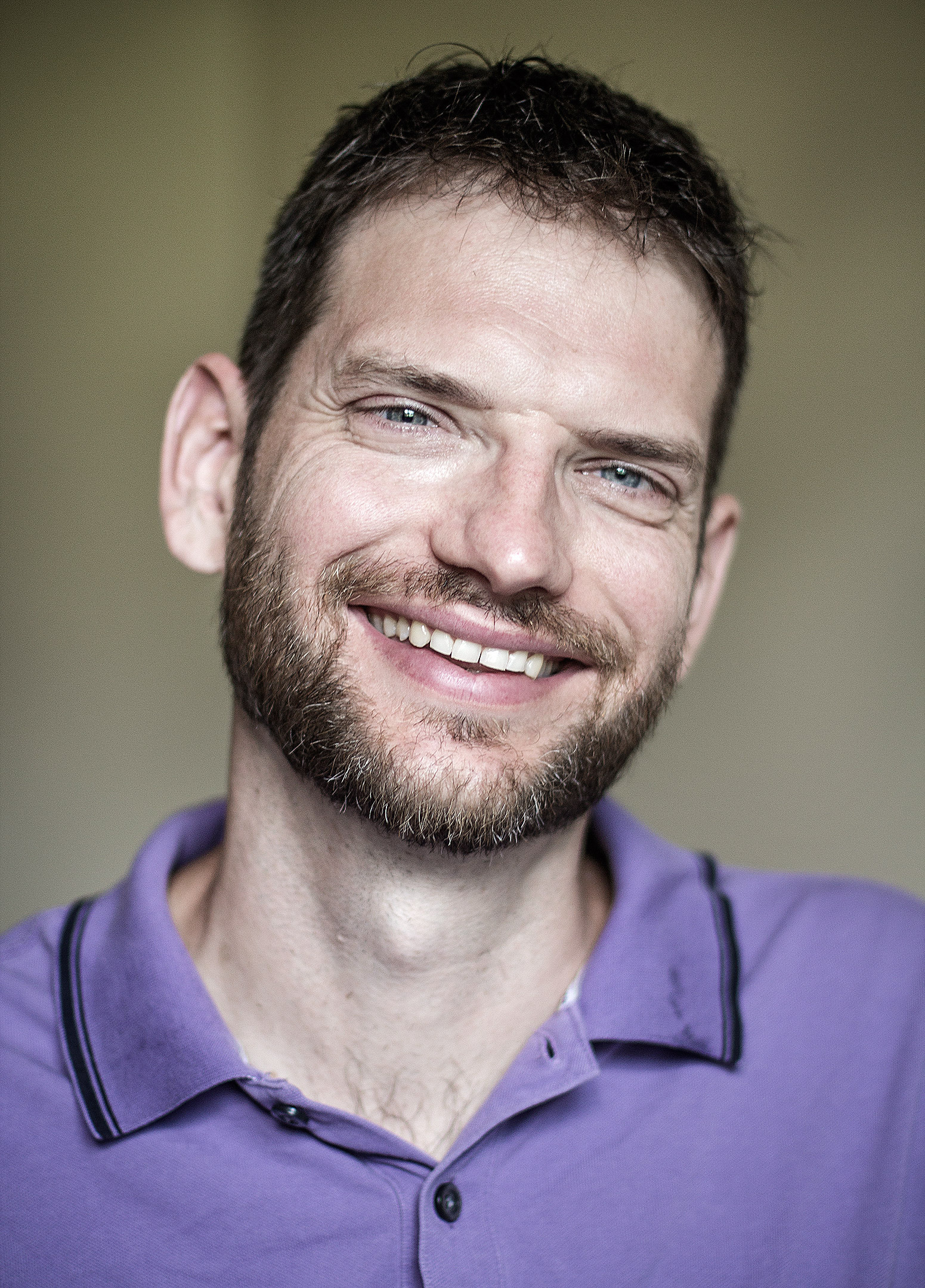I see you do massage, dry needling and acupuncture. What is your designation and how does the treatment get billed for insurance purposes?
My legal designation in Ontario is Registered Massage Therapist. In Ontario, massage therapists can perform dry needling and acupuncture if they have the proper training and as long as the condition being treated falls under the scope of practice of the therapist. Insurance companies require that the receipt mention only massage therapy, despite other techniques being used. Your receipt will have no mention of acupuncture, dry needling, or any other techniques that I may incorporate into a treatment.
What does CMTPT mean?
CMTPT stands for Certified Myofascial Trigger Point Therapist. This designation is granted to people who have passed the board certified exam of the National Association of Myofascial Trigger Point Therapists (NAMTPT). The CMTPT designation ensured that the therapist has an extensive understanding of myofascial trigger technique and theory and proper application of protocol.
How many sessions will it take to resolve my condition?
This is the most common question asked by patients and quite simply there is no concrete answer. Since every condition is different, the frequency and duration of treatment may vary. The length of time you have been in pain, the severity of your pain and the number of body parts that are in pain and your overall physical health affect how long treatment lasts. In the majority of cases, a person will achieve a noticeable reduction within 2-3 visits. Often the first visit gives some noticeable relief. Being an active participant in your treatment will help you to recover more quickly.
Is Dry Needling painful?
Most patients will not even feel the needle penetrate the skin, but once it has and is advanced into the muscle or painful region, the feeling of discomfort can vary from patient to patient. If the muscle contains active trigger points, the subject may feel a sensation much like a muscle cramp. The patient may only feel the cramping sensation locally or they may feel a referral of pain or similar symptoms for which they are seeking treatment. Patients soon learn to recognize and even welcome this sensation as it results in deactivating the trigger point, thereby reducing pain and restoring normal length and function of the involved muscle.
Is Myofascial Trigger Point Therapy painful?
During hands-on trigger point therapy, I will maintain continual communication with you to ensure you don’t experience too much pain when I find and press on a trigger point. Typically, a pain scale of 1 through 10 is used to help you communicate the level of sensation that you feel when I find a trigger point.
Is trigger point therapy performed with a full body massage?
Typically no. Trigger point therapy is a detailed massage technique that targets specific areas of the body that are causing you pain. Performing a proper treatment on one area of the body can take time. For example, if you are experiencing a shoulder problem, I can easily spend the entire session working on that shoulder and the surrounding area, neck, and arm.
What should I wear during treatment? Will I need to disrobe?
I will need access to the areas of your body in need of treatment. Depending on the area being treated, you can choose to disrobe, or you can wear undergarments, shorts, sports bra, or even swim suit. You may also choose to wear loose fitting clothing and adjust your clothing so that your skin is accessible for treatment. A typical trigger point therapy session will have your body in a variety of different treatment and stretch positions.
How can I help my treatment be more effective?
I will identify certain factors or habits in your life that contribute to your pain. We call these "perpetuating factors". These areas must be addressed to achieve lasting pain relief. These factors include posture, ergonomics, sleep and nutrition, among others. As part of your treatment program, I will help you to develop solutions to these perpetuating factors.
Is there anything I can do to treat my own pain?
Yes. Your trigger point therapist can teach you self-treatment techniques. You can use your hands or I may recommend treatment tools to assist you. I will work with you to create an at-home program and can help guide you to appropriate educational materials.
